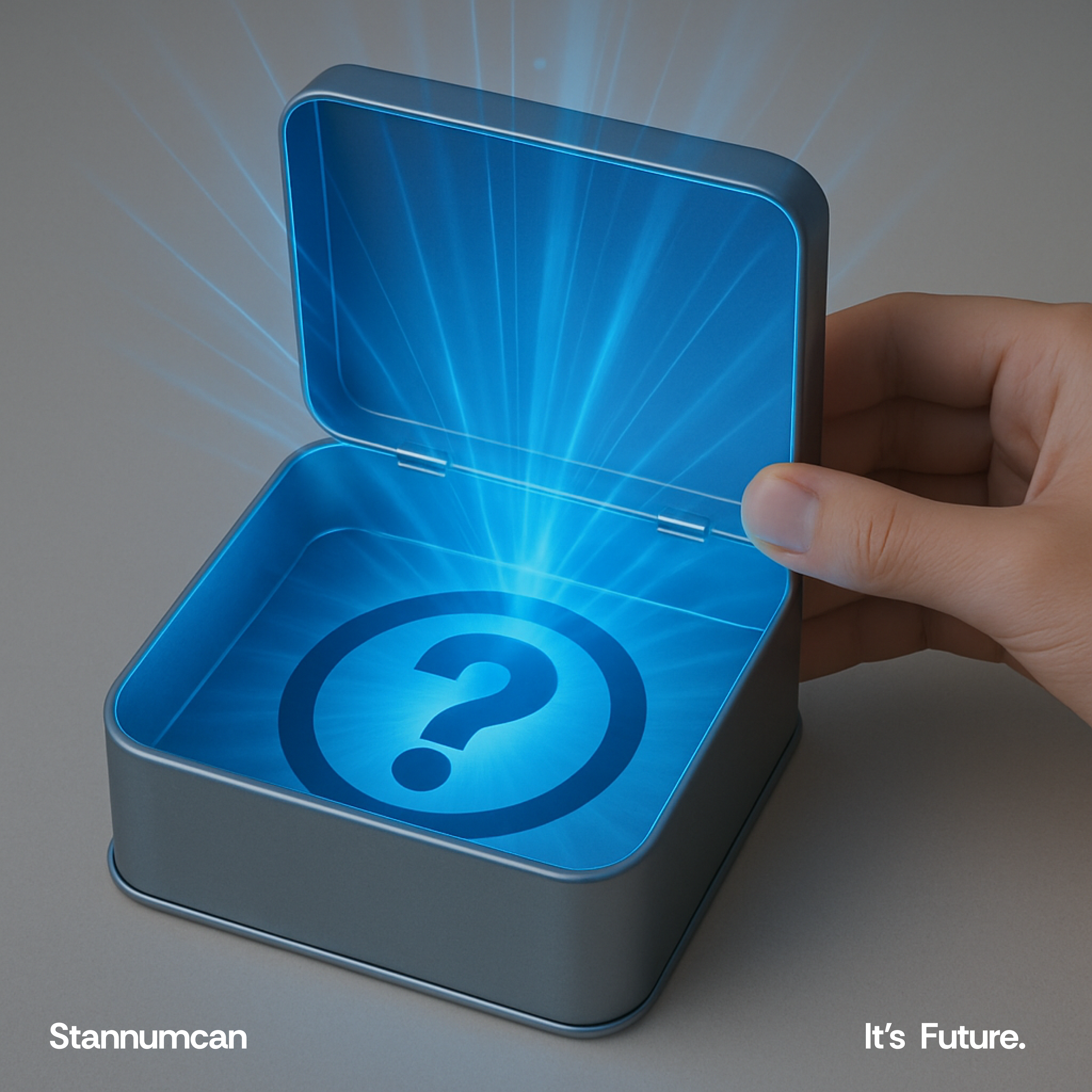As 2025 unfolds, the world of metal packaging is evolving fast driven by sustainability goals, design minimalism, and tech integration. Whether you’re a brand owner, designer, or curious consumer, these trends signal a creative shift toward smarter, cleaner, and greener solutions. Let’s explore the top emerging trends shaping the future of tin-based and metal packaging.
🌱 1. Sustainable Materials Are Non-Negotiable
Sustainability is no longer a bonus—it’s expected.
In 2025, tin-based materials are gaining attention as a prime alternative to single-use plastics. Unlike aluminum cans (which are too often associated with pop culture branding), tinplate packaging offers a premium, eco-friendly, and recyclable option that resonates with conscious consumers.
Brands are reducing carbon footprints by:
- Using 100% recyclable tinplate,
- Opting for water-based inks and coatings,
- Designing for reusability—from cookie tins to storage containers.
♻️ Sustainability isn’t a feature anymore; it’s the foundation.
📦 2. Smart Packaging Goes Mainstream
Think beyond the surface—2025 is about intelligent interaction.
Smart packaging features are now entering the metal space:
- QR codes and NFC chips that link to stories, tutorials, or loyalty programs,
- Augmented Reality (AR) elements printed directly on tin lids or bodies,
- Temperature-sensitive labels or color-changing inks for perishables and cosmetics.
These features not only delight consumers but extend the shelf-life of marketing, creating a lasting digital touchpoint.
✨ 3. Minimalism, But Make It Premium
In a cluttered market, less is more.
Gone are the days of loud fonts and cluttered layouts. Minimalist tin packaging—with embossed logos, matte finishes, and muted color palettes—is booming.
Clean lines + quality material = perceived luxury.
Designers are embracing:
- Simple typography with embossed or debossed textures,
- Monochromatic or earth-tone palettes,
- Uncoated or brushed tin finishes to give that raw, artisanal feel.
🖤 Minimalism in metal speaks volumes without shouting.
🔁 4. Reusability as a Design Objective
Packaging that lasts = branding that lasts.
Brands now treat the post-purchase life of their tins as a key part of the product’s journey:
- Chocolate tins that turn into home décor,
- Candle tins designed to be refillable,
- Tea canisters that serve as functional kitchen organizers.
By making reusability attractive, companies turn packaging into keepsakes—and increase their visibility long after the product is gone.
📊 5. Data-Driven Design Decisions
In 2025, packaging is informed by consumer behavior analytics.
From A/B testing different tin designs to tracking QR code engagement rates, brands are starting to:
- Use AI-driven insights to optimize design layout,
- Tailor tin sizes based on unboxing feedback,
- Choose colors that boost shelf pop based on heatmap data.
The result? Smarter tins with measurable ROI.
🧪 6. Finishing Techniques Level Up
New coating and printing techniques are giving metal packaging a tactile edge:
- Embossed patterns mimicking fabric or leather,
- UV spot varnish for contrast on matte surfaces,
- Pearlescent and holographic coatings for limited edition runs.
These finishes not only elevate the sensory experience but also serve as anti-counterfeit measures.
Final Thoughts
The future of metal packaging in 2025 isn’t just about wrapping products—it’s about wrapping meaning, sustainability, and brand identity into a beautiful, lasting form. Tin packaging, in particular, sits at the sweet spot of aesthetic + sustainability + function—and it’s only getting better.







